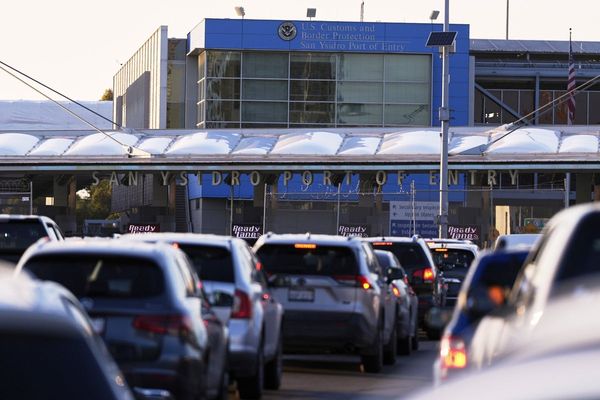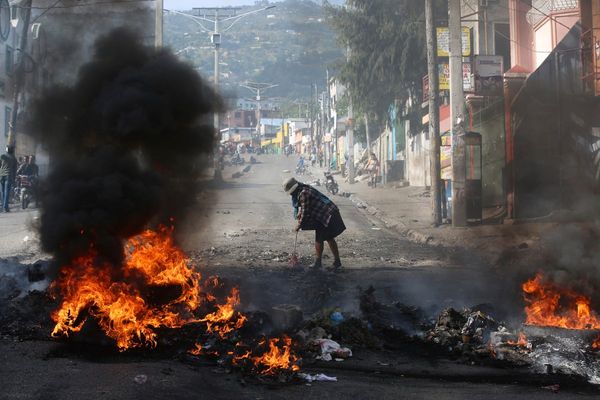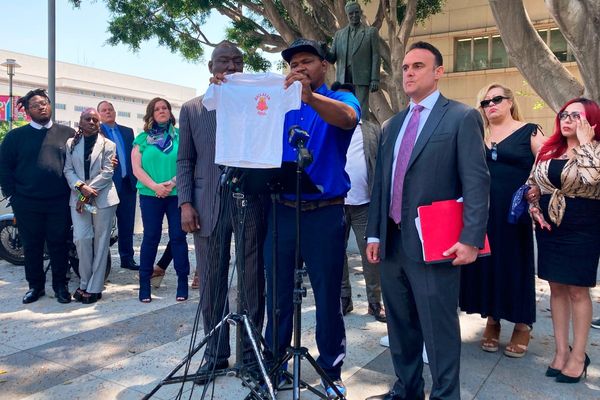
GISENYI, Rwanda (AP) — The escalating rebellion in eastern Congo has left millions of people facing a difficult decision: either seek refuge in the interior of Congo with an army in disarray or cross into neighboring Rwanda, which is accused of supporting the rebels.
The recent rebel advance that captured Goma, the largest city in the region, has highlighted the inability of Congolese troops and their allies to protect civilians as a long-standing African conflict resurfaces nearly 1,000 miles from Congo's capital and close to Rwanda.
Many displaced Congolese, like Imani Zawadi, express concerns about trusting either a foreign force or a weak and corrupt army. The M23 rebels' violence has forced over 1,200 Congolese, including surrendering soldiers, to seek refuge in Rwanda.








There are fears that the M23 rebels may use Goma as a buffer zone as Rwanda potentially redefines the border with Congo in a region rich in mineral wealth. The rebels have claimed victories against the larger Congolese army, supported by a U.N. peacekeeping force and troops from African countries.
Rwanda, despite denying support for the M23, cites the need to protect ethnic Tutsis in Congo. President Paul Kagame emphasizes the threat posed by armed groups in eastern Congo, including the FDLR, which Rwanda claims is integrated into the Congolese military.
The recent capture of Goma has reignited tensions, with some suggesting Rwandan authority over the region could benefit civilians. However, many fleeing Congolese reject this idea, emphasizing the need to defend their territory against perceived intruders.
As calls for a ceasefire grow, humanitarian concerns mount as more people flee the conflict. Goma, a vital hub for humanitarian aid, now faces an uncertain future, leaving many without a safe haven.
Amid the turmoil, displaced individuals like Anzimana Semena find themselves at the mercy of the rebels, seeking refuge across the border in Gisenyi, Rwanda.







